
Everyone in Tennessee, from builders to the actual metal roof vendors themselves, had told me I could use purlins to attach the metal to. These are basically boards [often 1x] laid horizontally across the rafters every 2', and they're what the metal sheets are screwed to. It sounded easy, cheap, and practical - I could actually install the sheets from the comfort of the loft because I could stand and reach through the rafters between the purlins.
We'd actually ordered all the 1x material for the purlins and had it delivered. But literally the day before I put the purlins in, my wife did some research on how metal roofs should be installed, and told me to STOP! Every single authority on the internet, sites like This Old House, contractor sites, metal roof sites - all recommended going with a conventional roof approach - which means sheathing, tarpaper [30lb roofing felt], then metal. The reason? Sheathing makes the roof stable and strong, it won't dent if something falls on it or someone walks on it, it's a must if you plan on insulating the roof, and the tarpaper stops condensation. Apparently a metal roof drips underneath from condensation when only purlins are used. My next door neighbor has installed a metal roof over his barn, with only purlins, and he says it drips all the time from condensation.
I called back the metal roof people I'd ordered my sheets from, and asked if you could use sheathing and roofing felt. They said that you could, that that was the best way to do it . . . and I wondered, why didn't you tell me the best way in the first place? Apparently for the average owner-builder, what's cheapest and easiest is what they do, especially in a land of no codes. I'm happy there're no codes, but . . . things should be done the right way, especially by the 'experts'. They shouldn't be giving out half-baked advice.
So now that I know my roof is going to be much heavier with all that sheathing, I first beef up the frame. I do a little preliminary wall framing, essentially a picture frame with 2x6's to create a lower and upper story all around the building - I don't want to be putting in 13' studs.
So I put in 2x6's up against the posts on the lower story, to support a top plate [to be doubled later] of 2x6's at 7.5' in height - where the bottom of the loft joists is. And all the 1x4's I now have no use for, I attach to the building as a temporary diagonal bracing until the wall sheathing goes in. Here's a pic:

The first step in installing the 7/16ths sheathing is to straighten the rafters across the middle with furring strips. Once this is done I nail up bumpers to the tails of the rafters, so that when I set the sheathing up there, it won't slide off the roof. I put in sheathing at the outside first, then move towards the peak, staggering the joints on different rafters.
On the first row of sheathing, I measure from the peak down to get the exact location for the sheets. I clamp the sheet and bump it around with a mallet a little to get it right where it needs to be. I then tighten the clamps and hammer in ringshank nails, which have a great permanent hold, but can be somewhat of a pain to get in, as they want to bend.
Here's me working on the first sheets:
 Here's a shot of the barn (a.k.a. Tent City), where we're living as we build:
Here's a shot of the barn (a.k.a. Tent City), where we're living as we build: And a shot of the fireplace. I've removed that horrible ramshackle wall I'd put up last year with old boards to keep the gales from destroying our screened-in tent. The screened-in tent is now in the barn as you can see above. The fireplace is actually usable again!
And a shot of the fireplace. I've removed that horrible ramshackle wall I'd put up last year with old boards to keep the gales from destroying our screened-in tent. The screened-in tent is now in the barn as you can see above. The fireplace is actually usable again! Here half of the sheathing is in:
Here half of the sheathing is in: The most daunting prospect at first was how I was going to get the sheathing up there in the first place. But it was actually easy. I shoved it up on to the loft, then from the loft shoved it halfway through the rafters, then got up on the roof and pulled it through the rafters. The 7/16ths is very strong with a lot of flex - none of the sheets snapped.
The most daunting prospect at first was how I was going to get the sheathing up there in the first place. But it was actually easy. I shoved it up on to the loft, then from the loft shoved it halfway through the rafters, then got up on the roof and pulled it through the rafters. The 7/16ths is very strong with a lot of flex - none of the sheets snapped. Here's the garden, with many plants taking off:
Here's the garden, with many plants taking off: Here most of the sheathing is in - you can see the stakes I'd used as bumpers attached to the rafter tails:
Here most of the sheathing is in - you can see the stakes I'd used as bumpers attached to the rafter tails: Here's a shot from below:
Here's a shot from below: Another:
Another: After almost all the sheathing is in (I leave a little 'manhole' space at the peak for me to go through and to bring up materials), I roll out the felt. I start at the bottom, and do a large overlap for each successive layer going up towards the peak. I attach the felt with a staplegun till it jams up, then use buttoncap nails.
After almost all the sheathing is in (I leave a little 'manhole' space at the peak for me to go through and to bring up materials), I roll out the felt. I start at the bottom, and do a large overlap for each successive layer going up towards the peak. I attach the felt with a staplegun till it jams up, then use buttoncap nails.
 The next step is the metal itself. It took us a while to decide on the color, but ultimately we went with crimson. We wanted something that really stood out and popped. If over time we hate it we can always paint it - in fact it's recommended to paint your metal roof every 5 years to increase its lifespan. It's only the paint finish that keeps the metal from rusting and decaying.
The next step is the metal itself. It took us a while to decide on the color, but ultimately we went with crimson. We wanted something that really stood out and popped. If over time we hate it we can always paint it - in fact it's recommended to paint your metal roof every 5 years to increase its lifespan. It's only the paint finish that keeps the metal from rusting and decaying..
Here one side of the roof is done:
.
 I then lay down 'gutter guard' (a plastic mesh) to keep critters from getting in through the ventilation gap at the peak:
I then lay down 'gutter guard' (a plastic mesh) to keep critters from getting in through the ventilation gap at the peak: Since my 'manhole' between the rafters must now be closed to roof the other side of the building, I put in boards to get up to the roof for the final sheets. I first shove the last materials up through the hole, then seal it with sheathing and felt. For my improvised ladder up to the top, I cantilever 16' boards out the side of the building. They work great:
Since my 'manhole' between the rafters must now be closed to roof the other side of the building, I put in boards to get up to the roof for the final sheets. I first shove the last materials up through the hole, then seal it with sheathing and felt. For my improvised ladder up to the top, I cantilever 16' boards out the side of the building. They work great: The last metal sheet on the first side I'd put in incorrectly. I actually have to remove it one dewy morning, and the roof is so slippery I begin tying myself in. I quadruple up some rope, and tie it from my waist to the frame inside the building. It's somewhat of a nuissance avoiding stepping on the rope, but it gives me a great sense of security, that if I fall, at least I won't go off the roof - I'll have the rope to hold on to. At one point I make the very dumb error of trying to move one sheet over a little with my foot, and I start skiiing down the roof on the sheet. But I jump off and the metal stops and everything's okay.
The last metal sheet on the first side I'd put in incorrectly. I actually have to remove it one dewy morning, and the roof is so slippery I begin tying myself in. I quadruple up some rope, and tie it from my waist to the frame inside the building. It's somewhat of a nuissance avoiding stepping on the rope, but it gives me a great sense of security, that if I fall, at least I won't go off the roof - I'll have the rope to hold on to. At one point I make the very dumb error of trying to move one sheet over a little with my foot, and I start skiiing down the roof on the sheet. But I jump off and the metal stops and everything's okay. Here's a look at it from inside:
Here's a look at it from inside: We get a heavy rain, and I notice a drip drip drip on the loft floor. I calm down when I realize rain is collecting on the cantilevered boards, flowing down them and dripping off. The roof is watertight. The roof does pop though, when it gets extremely hot. The metal actually expands and contracts (that's why rubber gaskets are used with the screws), and when it does it pops just like a metal can. Bong! But it's not that often, and it's something you get used to.
We get a heavy rain, and I notice a drip drip drip on the loft floor. I calm down when I realize rain is collecting on the cantilevered boards, flowing down them and dripping off. The roof is watertight. The roof does pop though, when it gets extremely hot. The metal actually expands and contracts (that's why rubber gaskets are used with the screws), and when it does it pops just like a metal can. Bong! But it's not that often, and it's something you get used to. .



















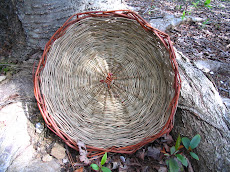







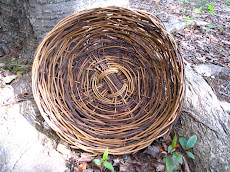

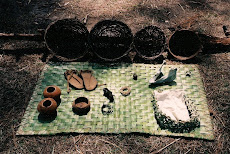


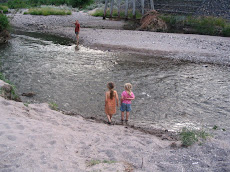

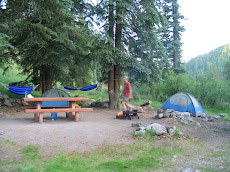


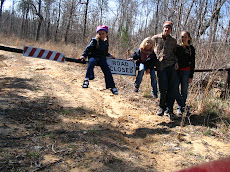















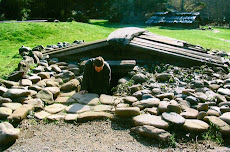







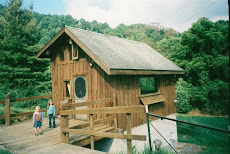


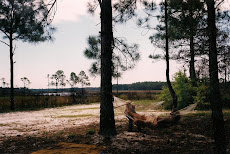

.jpg)

.jpg)



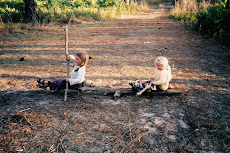.jpg)

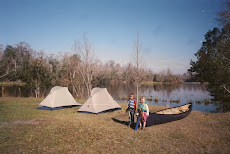

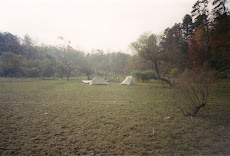

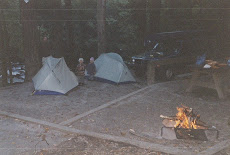


.jpg)
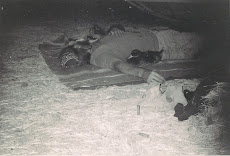.jpg)

.jpg)
.jpg)
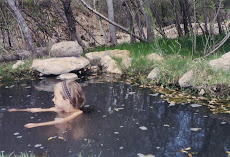
.jpg)
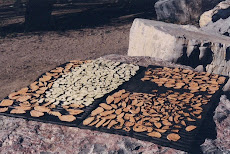
.jpg)
























5 comments:
Well, that looks nice, indeed. Good choice in using the metal roof. It's durable and easier to install than shingles. But you must also exercise safety. A fall from that height can be nasty.
I agree with the advantages you said about metal roof. It can, indeed, last for a long time. I’ve even read somewhere that it can last up to 50 and 100 years! The bonus is it requires little maintenance, which is certainly a plus for busy homeowners. Good thing you found out the best way to install it; it will be a mess if you installed it improperly because your efforts might just give you a leaking roof in the end. Anyway, you did a great job. :) More than two years have already passed. How is the roof holding up?
Allyson Sunde
Thanks for sharing that information to everyone, especially to those who have roof concerns. I know that, through your expertise and experience, many roofs will be strengthened in your area.
Iko shingles
Great job for publishing such a beneficial web site. Your web log isn’t only useful but it is additionally really creative too. There tend to be not many people who can certainly write not so simple posts that artistically. Continue the nice writing how long do shingle roofs last
Metal is great for water catchment
Post a Comment